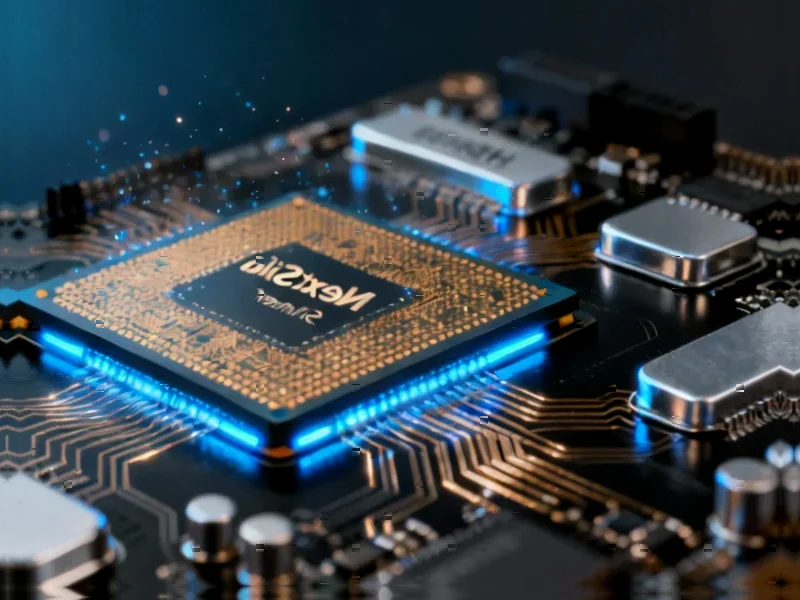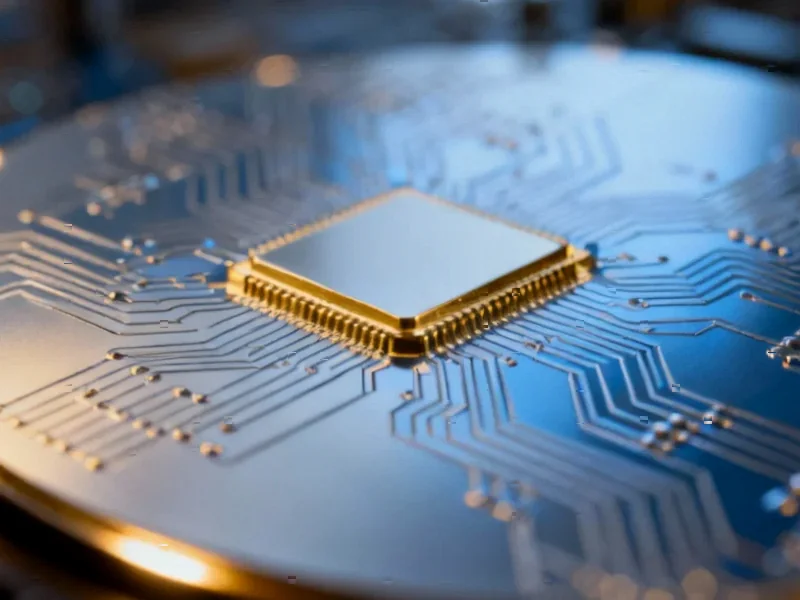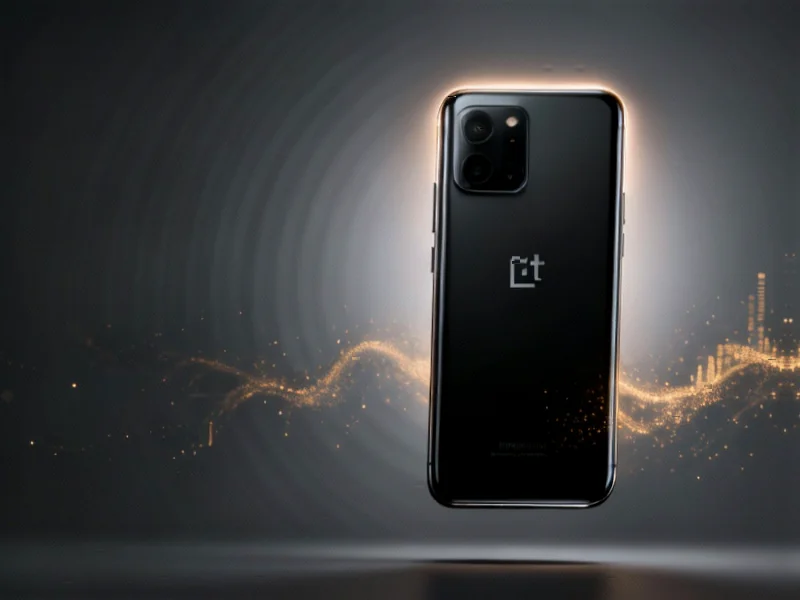TITLE: NVIDIA Shifts to Boot42 Register for Next-Gen Rubin GPUs in Linux Drivers
META_DESCRIPTION: NVIDIA begins transition from Boot0 to Boot42 identification logic in Nova graphics drivers for upcoming Rubin architecture GPUs, patches reveal.
EXCERPT: NVIDIA has started preparing for its next-generation Rubin GPU architecture by transitioning from the long-standing Boot0 register to a new Boot42 identification system. The shift appears in newly submitted open-source Nova driver patches that simplify detection logic for future GPUs. This early groundwork suggests NVIDIA’s Linux team is getting ready for Rubin’s anticipated 2026 production timeline.
Early Signals of NVIDIA’s Next Architecture Shift
NVIDIA appears to be laying the groundwork for its next-generation GPU architecture sooner than many expected. According to recent open-source driver patches, the company has begun transitioning from its longstanding Boot0 identification system to a new Boot42 register for future graphics processors.
Table of Contents
The development signals that preparation for Rubin—the architecture expected to succeed Blackwell—is already underway in NVIDIA’s software ecosystem. Industry watchers noted this represents one of the earliest software-level indicators of Rubin’s progression toward eventual production.
Technical Shift in GPU Identification
For years, NVIDIA has used the NV_PMC_BOOT_0 register to handle architecture identification across its GPU lineup, including the current Blackwell series. But newly submitted patches to the Nova graphics driver reveal a fundamental change in approach.
According to Phoronix reports, NVIDIA engineer John Hubbard explained in patch notes that “NVIDIA GPUs are moving away from using NV_PMC_BOOT_0 to contain architecture and revision details, and will instead use NV_PMC_BOOT_42 in the future.” The documentation notably mentions that NV_PMC_BOOT_0 will be zeroed out entirely in coming architectures.
This technical shift represents more than just a version number change. The move simplifies detection logic and creates a cleaner, more forward-compatible structure—reportedly removing 33 lines of code from the driver. For developers and system administrators working with GPU infrastructure, such streamlining could mean fewer compatibility headaches down the road.
Rubin Architecture Preparation Advances
While the Boot42 transition might seem like an obscure technical detail, it carries significant implications for NVIDIA’s product roadmap. The patches explicitly reference preparation for “next-gen” GPUs, which analysts suggest points squarely at the Rubin architecture destined for server-grade applications.
This early software work aligns with previous reporting about Rubin’s development timeline. Sources indicate NVIDIA has scheduled volume production of Rubin chips for the second half of 2026, with the Rubin Ultra variant potentially incorporating microchannel cover plates for enhanced thermal management.
The timing of these driver changes suggests NVIDIA’s Linux team is working well ahead of hardware availability to ensure smooth integration. Given the critical importance of NVIDIA‘s data center business, this proactive approach makes strategic sense.
Broader Implications for Linux Ecosystem
Beyond the specific architectural transition, the Nova driver development represents continued progress in NVIDIA’s open-source engagement. For years, the Linux community criticized NVIDIA’s limited upstream involvement, but the company appears to be changing its approach.
Notably, the Nova driver is being written in Rust—a modern programming language gaining traction for system-level software. This choice suggests NVIDIA is investing in more maintainable, secure driver infrastructure for the long term.
The shift also demonstrates how processor registers—seemingly minor hardware components—can drive significant software changes when architectural evolution demands it. As GPU architectures grow increasingly complex, identification and initialization mechanisms must evolve accordingly.
What remains unclear is whether this Boot42 transition will extend to consumer-grade GPUs or remain focused on the server chips where NVIDIA generates most of its profits. Either way, the detected changes offer a rare glimpse into how hardware companies prepare their software ecosystems years before new silicon reaches the market.
Related Articles You May Find Interesting
- NVIDIA’s Open-Source Driver Update Hints at Next-Gen GPU Architecture Shift
- Kong CEO Sees AI Infrastructure Boom Outlasting Bubble Fears
- Seattle maritime summit confronts ocean sustainability challenges as industry leaders push for cleaner shipping
- Foxconn Ramps Up AirPods Production in India as Apple Diversifies Supply Chain
- Windows 10 Cutoff Fuels Mac Surge in Global PC Refresh Cycle



